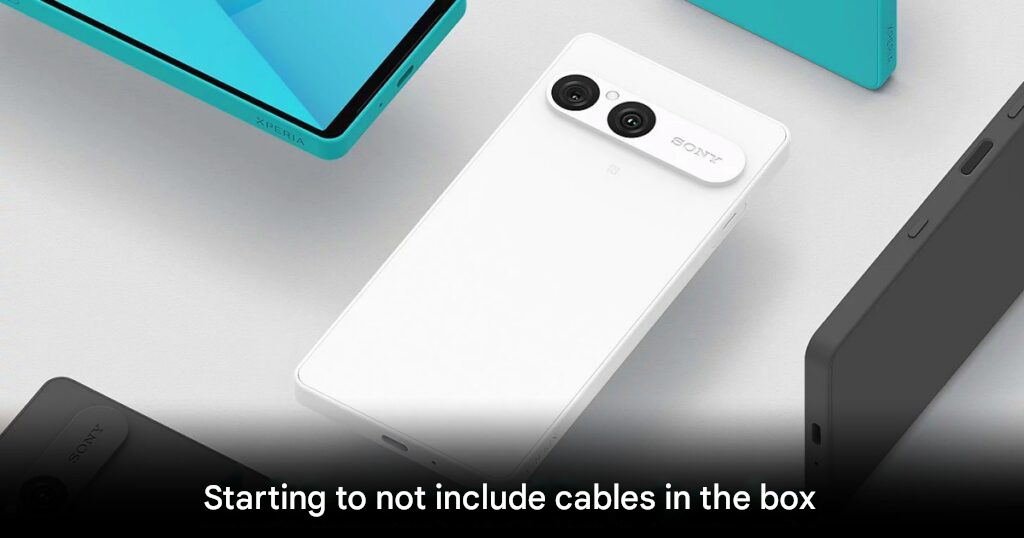Sony Removes USB Cable from Xperia 10 VII Box in Push for SustainabilitySmartphone maker joins industry shift toward cutting e-waste and eco-friendly packaging

Sony is taking a bold step toward sustainability by removing the USB cable from the box of its newly launched Xperia 10 VII, which debuted in September 2025. The move reflects a broader industry trend to reduce electronic waste and maximize resource efficiency, following in the footsteps of companies like Apple and Samsung that have already eliminated charging adapters from their packaging.
The idea isn’t new. Apple pioneered the approach in 2020 with the iPhone 12, arguing that most consumers already own USB accessories. By removing unnecessary components, manufacturers can minimize duplicate production and reduce environmental impact without significantly affecting the user experience. Many brands have since followed suit, making the practice an industry standard.
A user named Brick_Fish on the Linus Tech Tips forum reported that Xperia 10 VII ships without both a charger and a USB cable, with the packaging clearly indicating the absence of accessories. While Sony may not be a market leader, this shift signals a future industry direction focused on sustainability and waste reduction. A post on X by Jason C. also confirmed the trend and raised the question of whether other manufacturers will follow.

The change aligns with USB-C’s rise as the universal standard for electronic devices, meaning most users already have compatible cables. Removing the USB cable reduces the number of unused cables that end up as waste, without significantly impacting convenience. However, experts warn that low-quality third-party cables could pose safety and performance risks, urging consumers to choose USB-IF-certified products.
Apple has expanded this approach beyond smartphones to accessories like the AirPods 4 and AirPods Pro 3, which now ship without USB cables. Sony is the first company to apply this concept concretely to smartphones, citing environmental reasons such as reducing carbon emissions from shipping and using packaging made from recycled materials.
Some analysts, however, believe the motivation isn’t purely environmental. Eliminating accessories also cuts production costs by a few cents per unit savings that scale into significant profits while enhancing the company’s eco-conscious image. At the same time, it opens opportunities to sell accessories separately, potentially boosting revenue.





